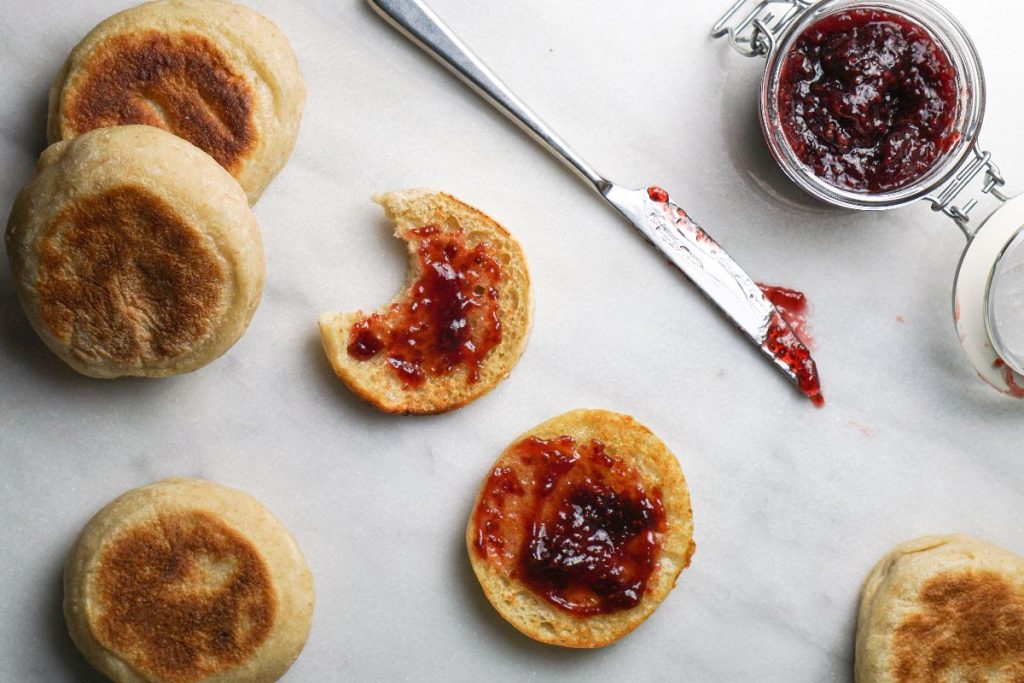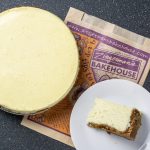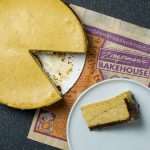Excerpt from Ari’s Top 5 enews
A late 19th-century specialty scores big points

I think we talked about making English muffins at the Bakehouse for maybe 15 years before we finally started in the summer of 2020. I’m so happy we did! With our focus on traditional food, it’s safe to say that one of the things we’ve done a LOT over the last 41 years is to find foods from centuries past whose flavor and texture have suffered under industrial methods, and then restore them to full-flavored artisan glory. It’s a long list that includes the majority of what we make in the ZCoB: Zzang! Bars, Jewish Rye Bread, the grits we get from Anson Mills, and so many more. The Zinglish Muffins are an exciting addition to that list! Handmade, lovely, and definitely delicious!
Historically, English muffins are generally believed to have been “invented” by Samuel Bath Thomas who brought the recipe to New York City from England. At the Bakehouse, not surprisingly, we’re making Zinglish Muffins in a method not far off from what would have been done back when English muffins were made by hand and sold fresh like other breads—not a stock item in supermarket freezer sections. We’re using only organic flour, water, sea salt, and a small amount of yeast. The Bakehouse crew allows about 24 hours of fermentation—Co-Managing Partner Jaison Restrick shares a bit of baking technique: “We make a pre-ferment poolish starter for the muffins to maximize flavor by using time to develop. They are all hand-griddled on the flat top too!”
I have a tender spot in my culinary heart for them, I will confess, since as a kid I probably ate English muffins as often as bagels! They’re at their best when you open them with your fingers or a fork. (Slicing them with a knife leaves the surface too straight and takes away the full flavor experience.) They’re terrific toasted and topped with butter or cream cheese. Or better still, with butter and cream cheese both. Or jam. Honey has been a big hit, too—the two from the Appalachian Beekeeping Collective would be ideal! They’re also terrific toasted and topped with olive oil. They’re very good eaten just as they are, the morning they’re baked—held in one hand and eaten bite by bite without even being sliced. I’ve come to think of them as an old English version of a bialy. One of my favorite ways to eat them is in the form of what we’ve long called a Jamwich. A Zinglish Muffin, toasted, spread with the Creamery’s great handmade Cream Cheese. Then spread that with jam and top with the same variety of that fruit in fresh form. Right now there are lovely pears out at the Farmer’s Market, so slices of fresh pear and pear jam would be perfectly delicious. If you like things slightly on the spicier side, use the Pear Mostarda from Quince & Apple! Plums and plum jam. Figs and Fig jam! You get the idea!
Most of the country has never, ever, eaten a freshly baked English muffin! They’re marvelous. Great flavor and fun-to-eat texture! Swing by to score some soon!



